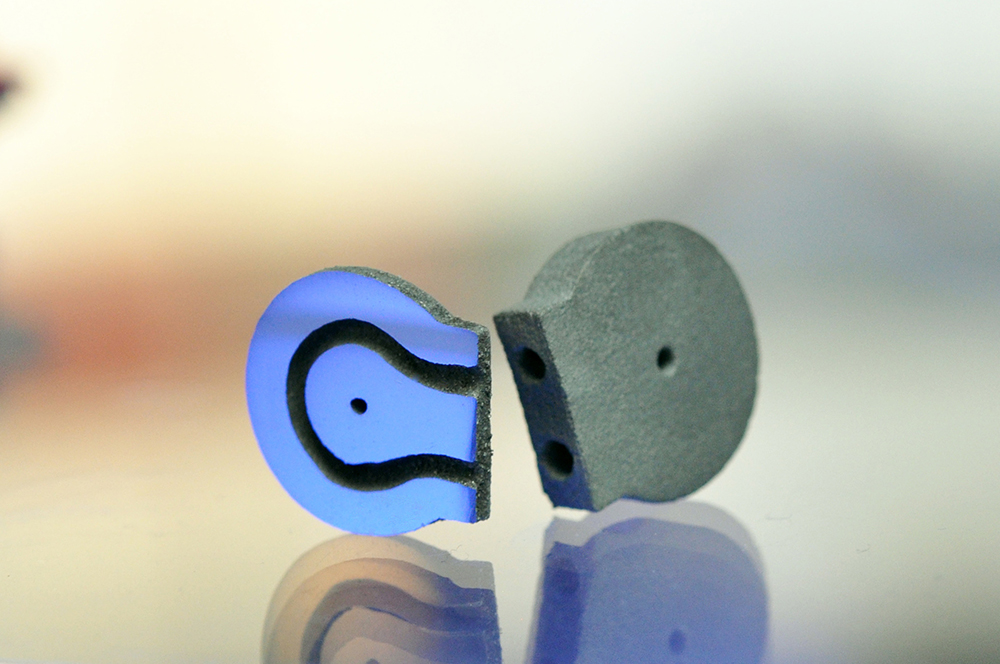
Fraunhofer IKTS reports that it has successfully 3D printed a range of hardmetal tools.
The tools will be on show at WorldPM 2016 in Hamburg in October.
High mechanical and chemical as well as a high temperature resistance and extreme hardness are required for tools that are used in mechanical and automotive engineering or in the construction and forming industry. The researchers at the Fraunhofer Institute for Ceramic Technologies and Systems IKTS in Dresden say that the tools produced with additive manufacturing (AM) have a ‘quality that is in no way inferior to conventionally produced high-performance tools’.
Currently, cutting, drilling, pressing and stamping tools made of hardmetals are generally manufactured using uniaxial or cold isostatic dry pressing, extrusion and injection molding as well as by green shaping. In traditional tool manufacturing, complex geometries, such as helical or meandering cooling channels inside the component, are still implemented at high cost or not possible at all.
Now IKTS scientists have succeeded in producing complex hardmetal tools via a binder jetting method. The starting powders or granules are locally wetted with an organic binder by a print head and bound. The challenge was to get 100% dense components, which have a perfect microstructure and thus good mechanical properties.
Conventional routes
By varying the metallic binder, bending strength, fracture toughness and hardness can be adjusted individually – the lower the amount of binder in the hardmetals, the harder the tool material. The prototypes manufactured at Fraunhofer IKTS have a binder content of 12 and 17% by weight and show a structure comparable to conventional routes.
‘Through the use of 3D printed complex green bodies which were subsequently sintered under conventional sintering conditions, we achieved components with a typical hardmetal structure and 100% density. Moreover, it is possible to get a homogeneous cobalt distribution, thus achieving a comparable quality to conventionally produced high-performance cemented carbide-based tools,’ said Johannes Pötschke, group leader at Fraunhofer IKTS.
This story is reprinted from material from Fraunhofer, with editorial changes made by Materials Today. The views expressed in this article do not necessarily represent those of Elsevier.




